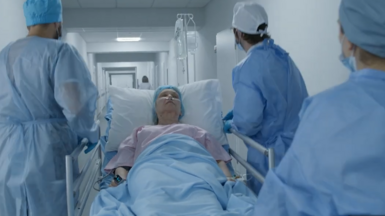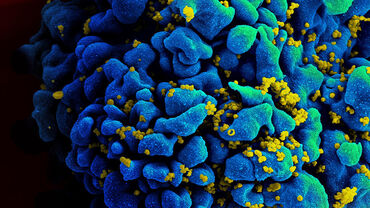Final report from the audit of the HIV pre-exposure prophylaxis standards of care
ECDC, in collaboration with EACS (the European AIDS Clinical Society), is developing modules of HIV care standards to improve service access and quality. The pre-exposure prophylaxis (PrEP) Standards of Care module was among the first developed. Each module includes quality statements with indicators and targets, categorised as structural or process indicators. Many of the structural indicators are monitored annually via the Dublin Declaration monitoring framework, while the process indicators require clinical audits to assess service performance. The current report presents findings from a clinical audit conducted on the PrEP Standards of Care module, which also serves as a model for future audits on other care standards.
The PrEP audit involved developing a questionnaire based on selected key quality statements in the Standards of Care module, focusing on Standards for PrEP safety, Standards for continuum of PrEP care, and Standards for PrEP delivery, integrated services, and combination prevention. Created by the Centre of Excellence for Health, Immunity and Infections (CHIP) and hosted in Research Electronic Data Capture (REDCap), the audit had two parts: Part One assessed clinic policies and guidelines, while Part Two evaluated their implementation through a review of up to 40 randomly selected people. In December 2024, 10 clinics from eight countries participated.
The clinics completed Part One of the audit, reporting a total of 8 311 PrEP users in 2023, mostly male. Most clinics followed national or EACS guidelines, with eligibility primarily for gay men, transgender people, and anyone who might benefit from PrEP. PrEP was fully funded in seven clinics, while HIV and STI testing was covered in all 10 and eight clinics respectively. The clinics completed Part Two for a total of 366 people, 99.5% of whom were male. PrEP use varied by clinic, with daily and on-demand regimens based on risk.
Six out of 10 clinics met the target of reliably excluding HIV infection before initiation. Users over 50 are required to have their glomerular filtration rate measured annually, with most clinics meeting this target. The HBV status target of 80% was met by all clinics except one. Additionally, most clinics have clear pathways for rapid HIV diagnosis and timely ART initiation. The standards require 80% of PrEP users to have annual adherence assessments. All but two clinics met this, with at least 80% of users receiving two assessments within 14 months. The audit assessed HIV and STI testing in PrEP programs, with a target of 80% testing rate. All clinics had policies for regular HIV and STI testing. Most clinics met the target for HIV and syphilis testing. Testing for gonorrhoea and chlamydia was lower, with five out of 10 clinics meeting the 80% target. The lower rates may be due to PCR tests being done at different clinics or only being performed on symptomatic individuals. Further investigation is needed to understand these issues.
The audit demonstrated that most participating clinics are meeting the process indicators and targets set by the ECDC/EACS standards for PrEP safety, continuum of care, and for PrEP delivery, integrated services, and combination prevention. Policies for HIV testing, HBV status determination, adherence assessments, and regular HIV and syphilis testing are largely followed. However, improvements are needed in HIV testing timing and gonorrhoea and chlamydia testing rates. The audit also highlighted areas for improvement of the audit, such as including questions on PrEP interruptions, specifying HBV testing types, and adjusting timeframes for 12-month assessments. Participating clinics found the audit useful for identifying areas of improvement, and future audits could be automated to streamline the process and ensure continued monitoring.
Download








